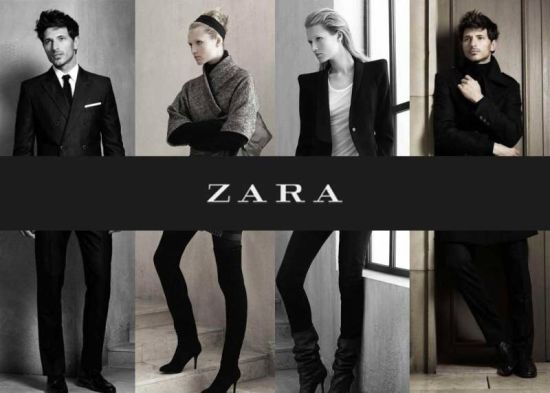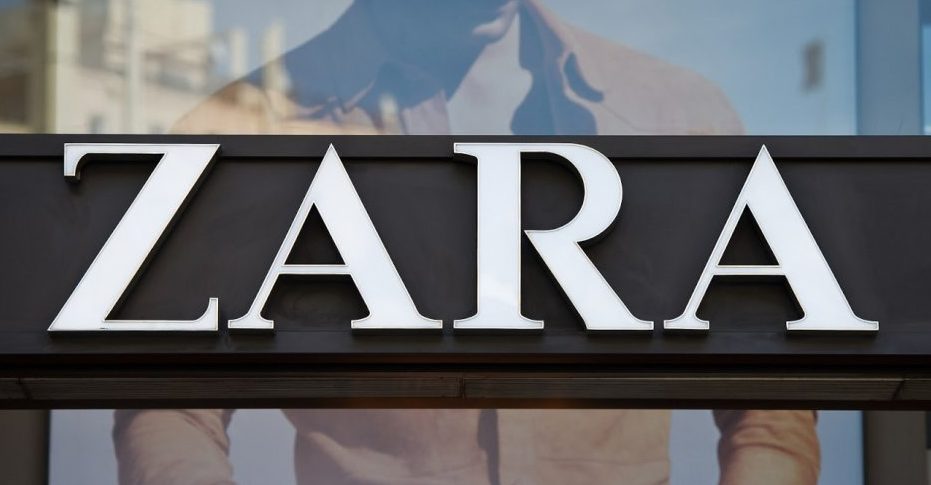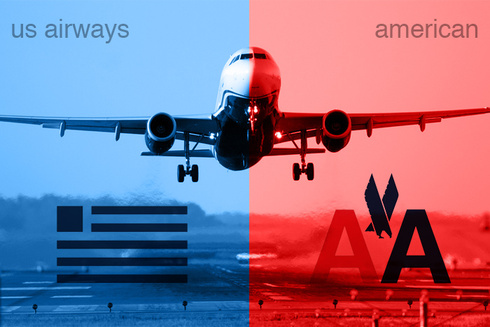Tesla, Inc. is an American company that specializes in electric automobiles, energy storage, and solar panel manufacturing. Founded in 2003, Tesla has recently disrupted many industries, most notably the auto industry. Tesla’s focus on electric power vehicles, lithium-ion battery, and energy storage set itself apart from their competitors. Tesla has expanded its focus from simply building the best electric car to paving the way for autonomous vehicles, solar power, and so much more. The main message of Tesla, Inc.’s mission is “to accelerate the advent of sustainable transport by bringing compelling mass market electric cars to market as soon as possible”.… Read the rest
Business Analysis Case
Case Study of Qantas Airlines: Business Model and Strategies
The Aviation Industry has been one of the most dynamic industries in our history. From the development of the machines to the formation of a viable business model, the trials and road to success has been filled with little success and numerous examples of failure. One of the best examples of success in this volatile industry would be Qantas Airline. For nearly one hundred years, Qantas is one of the world’s oldest, most successful air carrier operations. Invoking a business model that has proven constant transformation and change is inherent to their success, Qantas has established itself as a global provider of commercial air services.… Read the rest
Case Study of Zara: A Better Fashion Business Model
Zara is one of the most well known brands in the world and is also one of the largest international fashion companies. They are the third largest brand in the garment industry and are a unit of Inditex. It their flagship range of chain stores and are headquartered in Spain. Zara opened its first outlet in Spain in 1975. The headquarters of the company is based in Galicia. There are more than 2600 stores across 73 countries in the world. The Zara clothing line accounts for a huge bulk of its parent group’s revenues. There are other clothing brands owned by Inditex such as Kiddy ´s Class (children’s fashion), Pull and Bear (youth casual clothes), Massimo Dutti (quality and conventional fashion), Bershka (avant-garde clothing), Stradivarius (trendy garments for young woman), Oysho (undergarment chain) and Zara Home (household textiles).… Read the rest
Zara’s Lean Operation: Source of Competitive Advantage
Fashion giant, Zara, forms part of the retail group ‘Grupo Inditex’ which is one of the “largest, fastest growing and successful” clothing retailers across Europe. Grupo Inditex is formulated by an amalgamation of major high street names from across Europe, including Zara, Pull and Bear and Bershka, in total boasting 3,825 stores across 68 countries.Zara’s success story begins by offering a product range capable of catering for men, women and children, providing affordable and stylish clothes whatever the season. Coupled with this, is their keen eye for discovering new fashion trends and translating these trends from the catwalk to the high street, both quickly and affordably.… Read the rest
Case Study: Merger Between US Airways and American Airlines
On December 9th, 2013 the two airlines, US Airways and American Airlines merged to form the American Airline Group that turn out to be the major airline in the world. This merger was structured by the enlarged competition that airlines are countenancing in the business at present. The merger offered a prospect for both airlines to make use of the benefits of an extensive network that would effect subsequent to merging as countered to when each one operates separately. One of the foremost circumstances that encircled the merger was the imminent insolvency of American Airlines. The company in 2011 had filed for bankruptcy even though it relapsed to profitability the same year in July.… Read the rest
Case Study: Kraft’s Takeover of Cadbury
Cadbury’s origins date back to almost two centuries when it was founded by John Cadbury who started the business by selling cocoa and tea in Birmingham, UK. Later he expanded by starting a line of beverages after a merger with Indian Schweppes changing the company name to Cadbury Schweppes. Successful product developments and launches have enabled Cadbury to boast of an extensive confectionery line consisting of Cocoa Essence, Easter Eggs, Milk Chocolate, Cadbury Fingers, Dairy Milk, Bourneville Chocolate, Milk Tray, Flake Creme Egg, Crunchie, Picnic, Curly windy, Wispa boost, Twirl and Time Out.
Kraft, on the other hand, is a US company about a century old, which started off as a door to door cheese business but expanded into other confectionery items through many takeovers previously such as Ritz Crackers, Nabisco (Oreos) and Phenix Cheese Corporation (Philadelphia Cheese) to achieve success.… Read the rest





